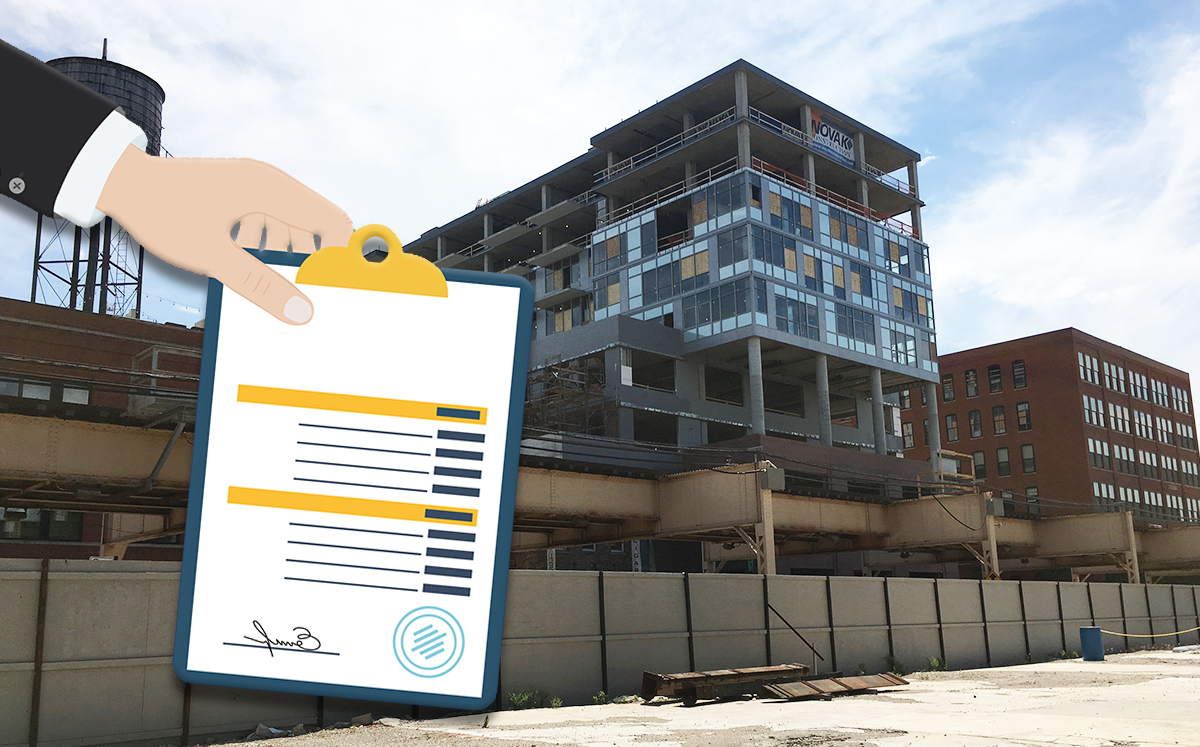Trending
West Loop led strong overall Downtown office growth in 2018, report says
Vacancy rate barely budged last year despite more than 3M sf of new space coming online

The West Loop accounted for most of the 1.3 million square feet of new space that was absorbed into the Downtown office market in 2018, as torrid new construction had little effect on the area’s vacancy rate.
The results were the market’s strongest in a decade, except for 2015, according to MB Real Estate’s fourth quarter office market report. But some areas like River North and the Loop saw negative net absorption, as some firms moved out.
Chicago’s central business district counted about 140 million square feet of total office inventory at the close of 2018. That was good for a 12-month gain of around 3 million square feet, according to the report. The area’s vacancy rate nudged up from 12.26 percent to 12.62 percent.
The booming Fulton Market saw almost 818,000 square feet of office absorption in an area with just over 4.2 million square feet of rentable space. That was a “huge percentage of the overall market,” according to MB Real Estate’s Andy Davidson.
The area sometimes known as West Loop Gate, which MBRE places between Wells Avenue and Halsted Street, absorbed more than 830,000 square feet of new office space, with about 48 million total square feet of rentable space.
“This is evidence that the West Loop and Fulton Market are even more of an attraction, as companies continue to move west,” Davidson said. He pointed to BMO Harris, CDW and Google, which all announced they would lease hundreds of thousands of square feet west of the Chicago River in 2018.
By the end of the year, Downtown was home to 54 tenants with more than 50,000 square feet of space each, six more than the year prior.
Bent on attracting young workers, scores of big office tenants lined up for spots in Class-A buildings last year, often shrinking their footprints so they could afford the higher rents, Davidson said.
“Even with all of these companies downsizing, the market has stayed intact,” he said. “That tells you there’s been a lot of inbound migration from the suburbs, a lot of out-of-town relocations, and a lot of Class-C offices have been converted and taken off the market.”
Office landlords had a more mixed year in the east half of the Loop and in River North, which respectively tallied 308,370 and 164,422 square feet of negative net absorption, according to the report.
But River North — whose massive 1871 incubator at 222 W Merchandise Mart Plaza makes it a top destination for tech startups — maintained an 11.2 percent vacancy rate, lower than Downtown as a whole. And Salesforce announced it would join the neighborhood by anchoring the third tower in Hines Development’s Wolf Point Plaza with a 500,000-square-foot lease.
In the suburbs, offices along the western I-88 corridor through DuPage, Kane and DeKalb outpaced other outlying areas, with nearly 380,000 square feet of net office absorption and a 16.7 percent vacancy rate.
The North Shore suburbs of Cook and Lake Counties followed close behind with about 364,000 square feet absorbed, thanks in part to the city of Evanston, where office “rents are skyrocketing” past $35 per square foot and vacancy is under 10 percent, Davidson said.




